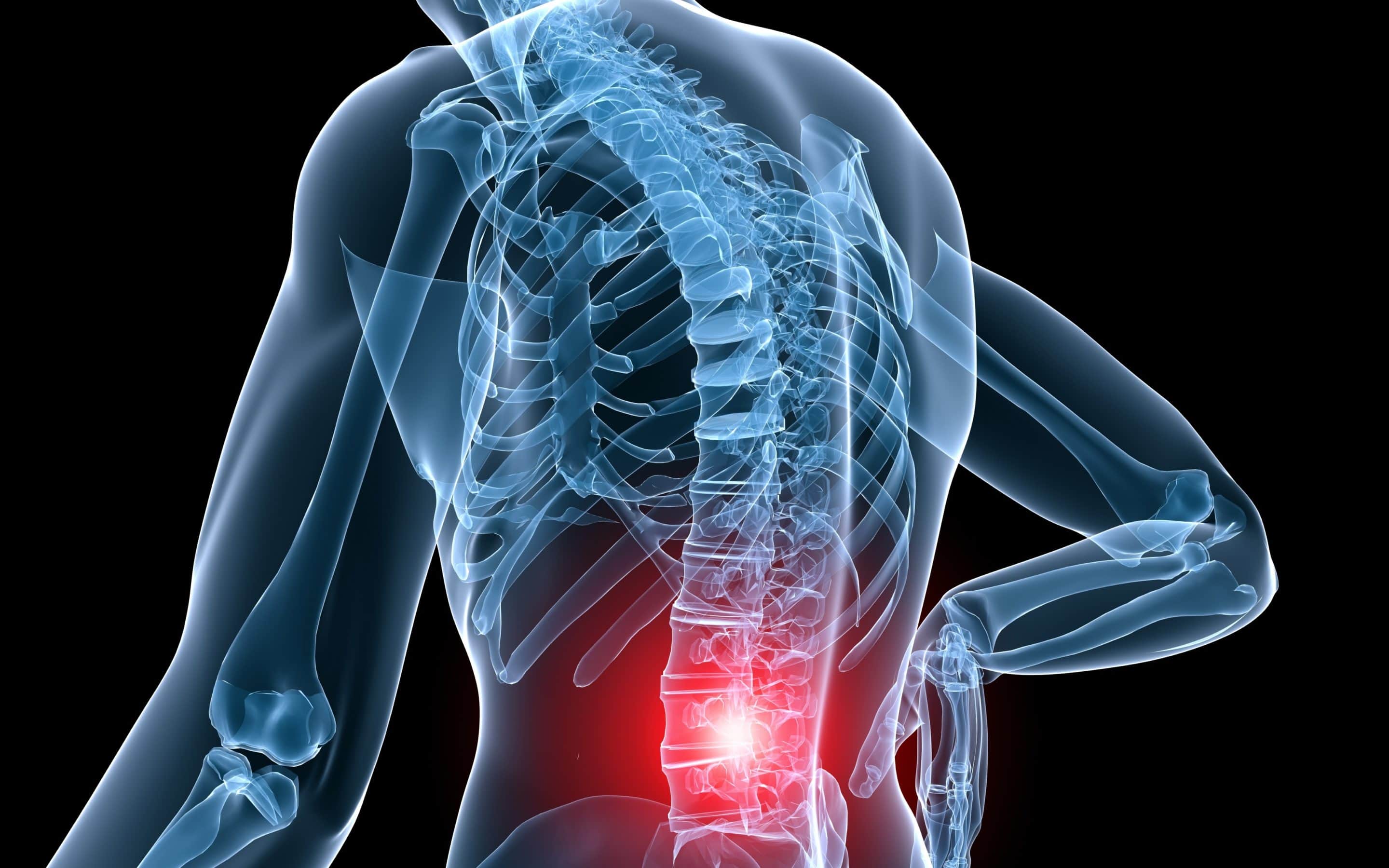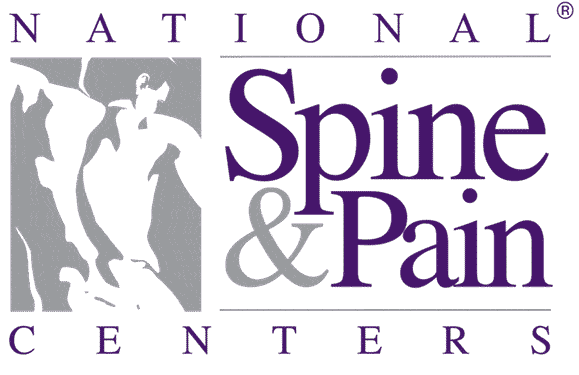-80% of adults experience back pain
-most common cause of job-related disability and leading contributor to missed work days
-incidence: men = women
-types: acute (lasts days to a few weeks), subacute (lasting 4-12 weeks), chronic (lasting >12 weeks)
Causes of Low Back Pain:
–age: initial occurrence usually 30-50 years of age
–low level fitness level: weekend warriors or sedentary-during-the-week-but-active-on-weekends folks are at increased risk of low back injury
–weight: increased weight will add stress to the discs and joints
–pregnancy: pelvic changes and weight distribution low and anteriorly stress the lumbar spine
–occupational: heavy lifting, pushing, pulling especially when it involves twisting
–genetics: some folks with have congenital (born with it) predisposition to back pain due to their genetic makeup as in ankylosing spondylosis
How is Low Back Pain Diagnosed?
-physical exam: physician/medical provider
-imaging: MRI, CT, x-rays, bone scans, blood work
How is Low Back Pain Treated?
–Traditional approaches: heat/ice, activity, physiotherapy, medications, chiropractic, traction, acupuncture, biofeedback, nerve blocks and surgery.
–Regenerative therapiesinclude: prolotherapy, platelet rich plasma (PRP), platelet lysate and stem cells. These treatment options are great for pinched nerves causing radiation pain to the hips or legs, facet mediated pain, instability, disc pain or SI joint dysfunction.
–Prolotherapy: is a solution of dextrose, normal saline and local anesthetic, used frequently to improve stability of the ligaments of the lumbar spine and sacrum/pelvis by injecting specific ligaments and supporting structures of the lumbar s: the supraspinous, infraspinous, iliolumbar, deep dorsal ligaments of the SI joint. Joints also benefit from prolotherapy. Therefore, facet joints, hip and sacroiliac joints can also improve low back pain.
–Platelet Rich Plasma: we draw the patient’s blood, like a blood donation, and through specialized lab processing, we collect and concentrate the platelets for reinjection into the joints, tendons and ligaments including: the facet joints, sacroiliac (SI) joints, and lose ligaments and tendons.
–Platelet Lysate: we draw the patient’s blood, like a blood donation. In our office, we have an ISO-5 lab where we are able to process the platelets allowing us to keep all the good content (growth factors, anti-inflammatories, chemotactic factors and signally molecules) and discard the rest. We then inject this concentrated growth milieu into the epidural space and peripheral nerves without irritation (sciatica, radiculopathy).
–Stem Cells: autologous (comes from the patient’s own bone marrow) are very potent progenitor cells that can help injured bone, ligament, tendon, cartilage and muscle to heal. Stem cells are typically used in the spine when there is significant or recalcitrant facet joint pain/osteoarthritis (OA) and/or significant disc degeneration.
All regenerative injections are done under guidance, using musculoskeletal ultrasound and/or fluoroscopy (x-ray).
Results vary depending on extent of injury/degeneration. Usually, a patient will get 1-3 series of injections to maximize their healing response. Not every patient is a candidate. We encourage patients to bring their imaging (x-rays, MRIs, CTs, etc.) that’s been done within 2 years, as this will complement the exam. New imaging can be ordered as well. We are proud to offer the most trusted and effective orthopedic stem cell procedures currently available. We welcome the chance to meet with you and to add you to our list of satisfied patients. Contact us today. Contact us today.

